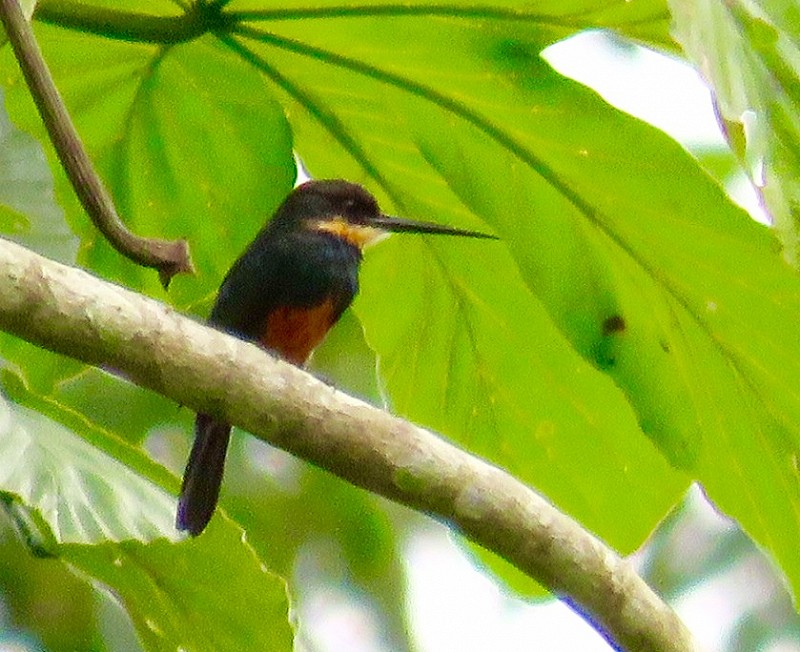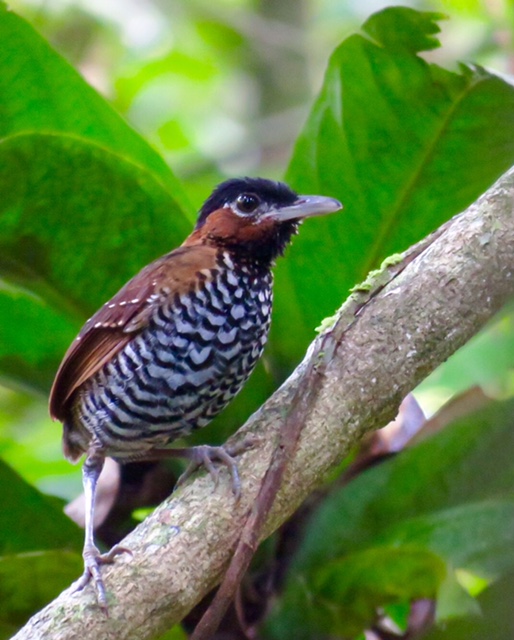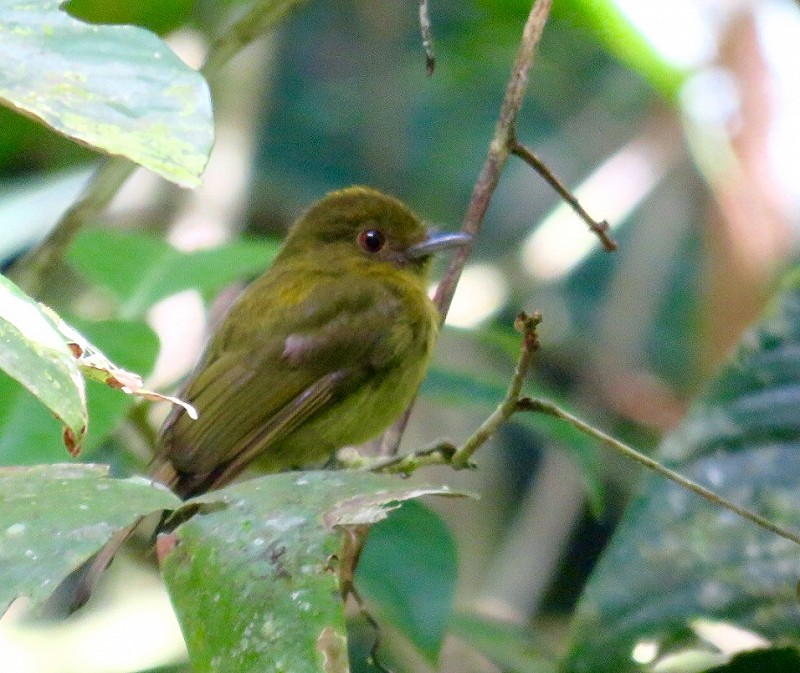November 3 - 9: Panama
11 november 2016 · Arjan Dwarshuis · 4702 × bekeken
http://www.arjandwarshuis.com/#biggestyear
http://world.observation.org/arjan.php
PLEASE MAKE A DONATION NOW
November 3th BIRDING THE PIPELINE ROAD
Last night I was picked up from the airport by my uncle Fred Dwarshuis – my dad’s brother – and Guido Berguido of Advantage Panama Tours. After a quick pizza we drove to Gamboa, a small community that used to be part of the former US Panama Canal zone. Now Guido and his organization run a fantastic hostel in a classical wooden building right at the start of the famous Pipeline Road which is Panama's most well-known birding locality. This dirt road runs along the Panama Canal and cuts through the jungle from the Pacific to the Atlantic coast. It was formally used to check and maintain the oil pipeline, but now it is primarily used by birdwatchers and nature lovers to experience primary rainforest at less than half an hour drive from Panama City. This makes this site unique in many ways.
After breakfast we set off on the Pipeline Road and over the course of the morning we managed to find over 15 new birds for my Biggest Year bringing me so closer and closer to the record.
In the afternoon we were joined by Advantage guide and top birder Nando Quiroz and together we drove to Costa del Este in Panama City to watch huge quantities of shorebirds at their high tide roost. We arrived just in time to watch more than a 100.000 shorebirds congregating at the last available stretch of mudflat. An absolutely amazing sighting.
11 more species for the record! 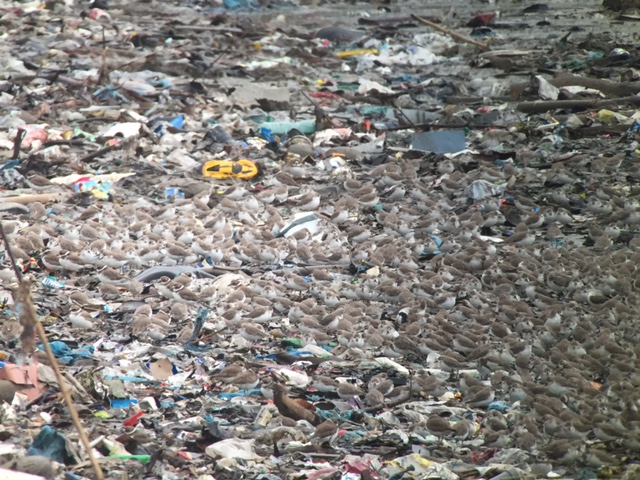
November 4th A NEW WORLD RECORD
With just eleven species to go the record was bound to be broken today, the record in IOC that is. For Noah’s record to be properly broken - he followed the less progressive Clements taxonomy - I will need approximately 6117 species and for that occasion I’ve bought a couple of Cuban cigars.
Today Fred, Guido, Nando and I were joined by Panamanian birder Jan Axel who had travelled more than three hours to join us for this – hopefully – memorable day.
We started at Cerro Jefe to look for some elfin forest specialties and already on the parking lot we found the first new birds, including the near endemic Violet-capped Hummingbird. As we headed down a slippery trail we saw the dazzling Black-and-yellow Tanager and true Panamanian endemic, Stripe-cheeked Woodpecker.
Bird number 6042 – the equalizer – was the beautiful Black-eared Wood Quail, but after that it started raining so the record breaking bird had to wait till after lunch.
Suspense was building as we headed down the Calle Maipo trail, which bird would be the record breaking one? Would it be a Black-crowned Pittasoma, a Rufous-vented Ground-cuckoo or an Occelated Antbird? All were good possibilities. Guido played some calls and suddenly a Tody Motmot responded from not too far away! We waited and played, but ten minutes later nothing had happened. I had to settle with a ‘heard-only’ record breaking bird. What a glorious anti-climax! I opted to swap this sighting with the next one, but that turned out to be the rather uninspiring Short-billed Pigeon. So Tody Motmot it was. We tried hard to see it on the way back, but we couldn’t turn the Motmot into a seen bird unfortunately.
Fred had secretly brought a bottle of Champagne and a banner for the occasion. A great gesture! With the five of us we had a glass of bubbles and took the photograph below. An awesome milestone reached, but I guarantee you that I will push on till New Year’s Eve!
We finished this memorable day at Finca Bayano, an area with rice fields that holds thousands of waders this time of the year. Jan had even found Panama’s first Sharp-tailed Sandpiper at this site! Our best find here was my first Long-billed Dowitcher of the year. As dusk settled we headed south towards the Darien, Wow, 6048 species with 57 days to go, will 7000 be possible?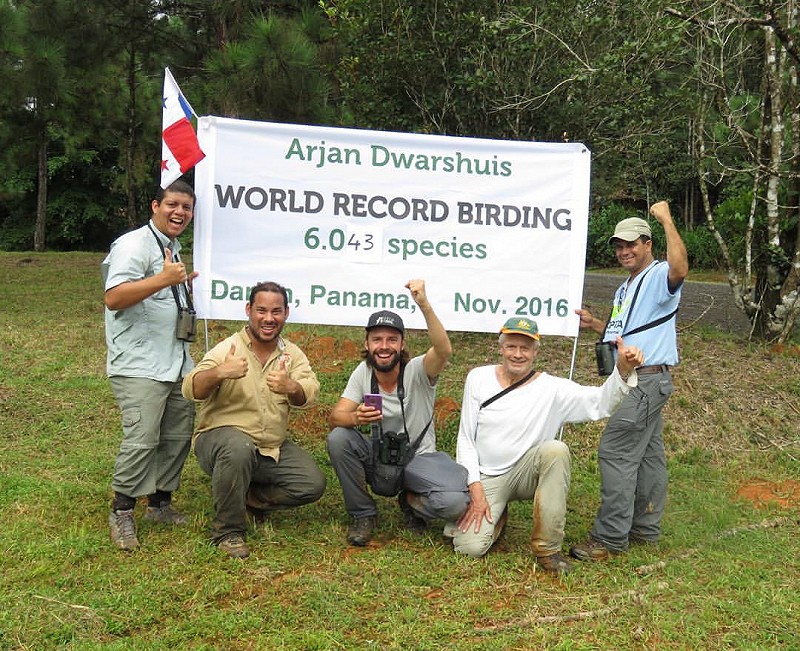 Celebrating bird number 6043! (Arjan Dwarshuis)
Celebrating bird number 6043! (Arjan Dwarshuis)
November 5th HORSE-RIDING IN THE DARIEN!
We spent the morning at San Fransisco, a privately owned reserve in the southeast of Panama. Highlights here were Northern Royal Flycatcher, Western Sirystes, several Blue Cotingas and a calling Central American Pygmy-owl.
After packing our backs at the Avicar Hotel – with nice feeder that produced Scaly-breasted Hummingbird - we headed further south towards the small village of Rio Pavo. From here we went 4 hours on horseback to the Cerro Chucanti Nature Reserve. This reserve protects about 600 hectares of tropical rainforest and cloud forest and was purchased in 2005 by the independent non-profit organisation ‘Adopt a Panama Rainforest’ (@AdoptaBosque, www.chucanti.org). Advantage Panama is one of the founding fathers of this fantastic organisation which is the Panamanian equivalent of the Ecuadorian Jocotoco Foundation and the Colombian ProAves Foundation. Please take a look at their website. They enable you to literally adopt rainforest trees and even support future land acquisitions that will help save critically endangered habitat for birds and other wildlife.
We arrived after dark at the reserve with a sore but from sitting on a saddle for 4 hours straight. After we’d put our bags in the rooms we prepared dinner over a gas stove while a Choco Screech-owl was calling in the background. What a great isolated place in the Darien jungle.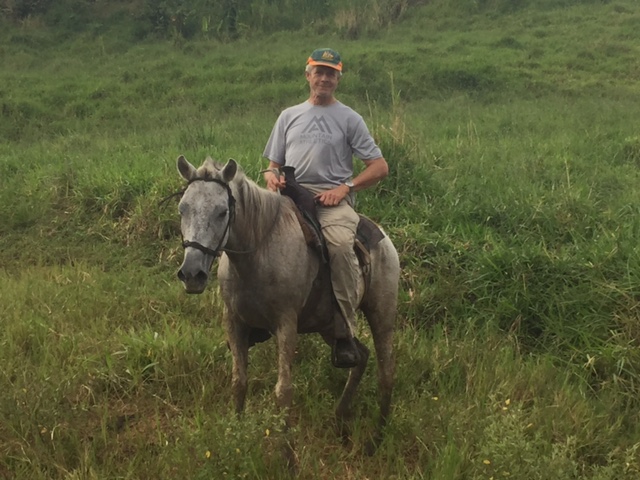
November 6th TO THE CLOUD FOREST AND BACK
At 5:30 AM Nando and I started hiking up across a steep track towards the cloud forest. Since this hike is very tough Fred and Guido stayed at the accommodation to enjoy the peace and quiet of Chucanti.
As Nando and I made our way up through beautiful tropical rainforest we encountered some nice birds like Brown-billed Scythebill and Russet-crowned Quial-dove. Around 7 AM we arrived at the ridge where the tropical rainforest with open understory was replaced by lush cloud forest. A bizarre find were two crashed 1950 US army choppers at the ridge. They were overgrown by vines and moss reminiscent of a scene from an Indiana Jones movie. Luckily there were no dead bodies inside.
The first flock we found immediately contained several highly localized Tacarcuna Bush-tanagers. After close inspection of these birds it struck me that they had a pale post-ocular spot and striking contrasting white bellies. Nothing like the birds that are depicted in the book. Surely these birds belong to a yet undescribed subspecies, but more likely an undescribed species. Luckily I managed to take some good photographs of these birds.
Varied Solitaires were calling regularly, but it took some time before Nando found a very showy individual. Now we needed just one more bird up here, the rare Beautiful Treerunner. We worked our way through one flock after another until finally we hit the jackpot. We found at least three birds together in a mixed flock. A great sighting given the fact that this bird has been seen – let alone photographed - by only a handful of birders.
On the way down we saw Ruddy and Northern Barred Woodcreeper attending a small army ant swarm and best a family of ten Great Curassows!
Back at the camp Fred was preparing lunch and while waiting for his haute cuisine Nando called in an unbelievably showy pair of Ocellated Antbirds, one of my most wanted Panamanian specialties. We watched these amazing birds literally through the kitchen window!
That night while having dinner a Choco Screech-owl started calling again and this time we managed to get excellent views!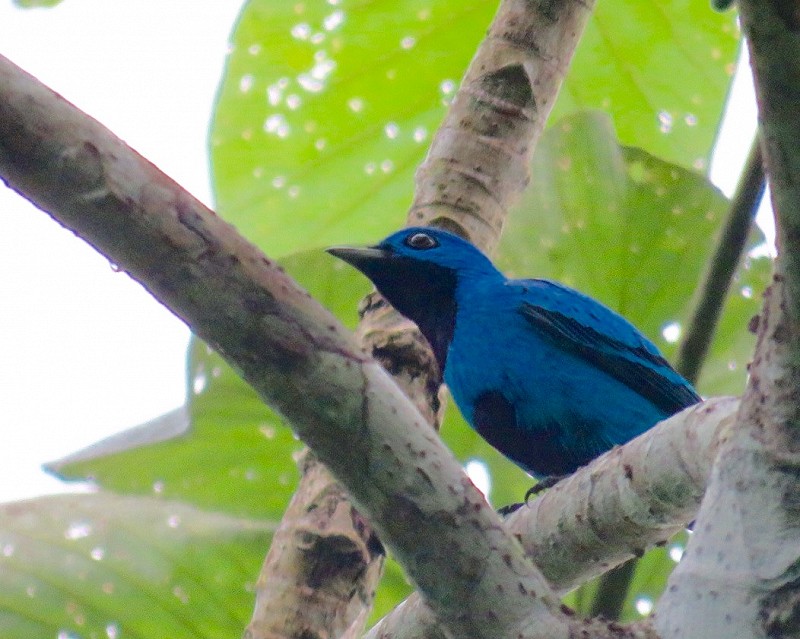
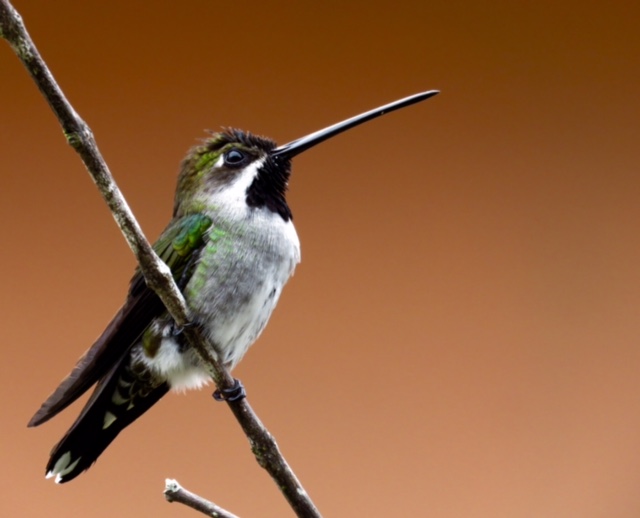
November 7th PITTASOMA!
If I could name one bird that I wanted to see most here in Panama it would be the Black-crowned Gnatpitta or Pittasoma. This unique bird used to be lumped in with the Antpittas, but it is now considered a separate family together with Rufous-crowned Pittasoma. Panama is the best place in the world to find this beautiful bird, but still it is far from guaranteed. Guido had told me that the primary tropical rainforest around Chucanti would be one of the best places to find this gem, but yesterday – despite multiple tries – we were unsuccessful.
Before we would travel back down to Rio Pavo on horseback Guido and I set off into the forest once more to look for this most wanted bird. 500 meters up from our accommodation we suddenly got a response. The loud alarm call of a Black-crowned Pittasoma echoed through the forest. I tried to make as little noise as possible as I slowly closed in on the bird. Suddenly there was a movement and there was the Pittasoma, in the plain open perched on a fallen log. What a terrific sighting. Unfortunately I had already packed my camera so a great photo opportunity was lost, however just looking at this fantastic bird was good enough for me.
Around noon we arrived back in Rio Pavo. Our backs, legs and buts completely destroyed from sitting on a horse for 3 hours so we were relieved to be back in our comfortable 4x4.
After lunch we headed south towards the small town of Meteti where in the last half hour of daylight we managed to find 5 new birds for my Biggest Year: Black Oropendola, Black Antshrike, Double-banded Greytail, Red-rumped Woodpecker and White-headed Wren. Thanks to the spot-on local knowledge of Nando who lives close to this place. 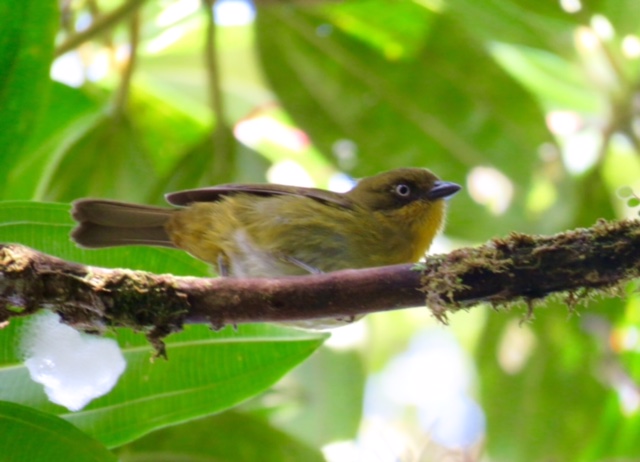
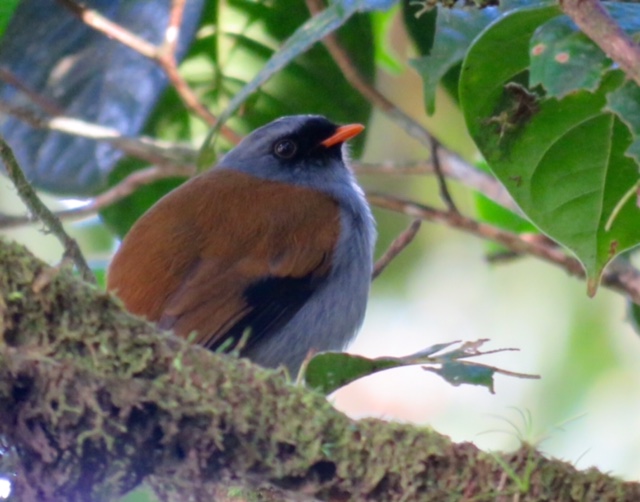
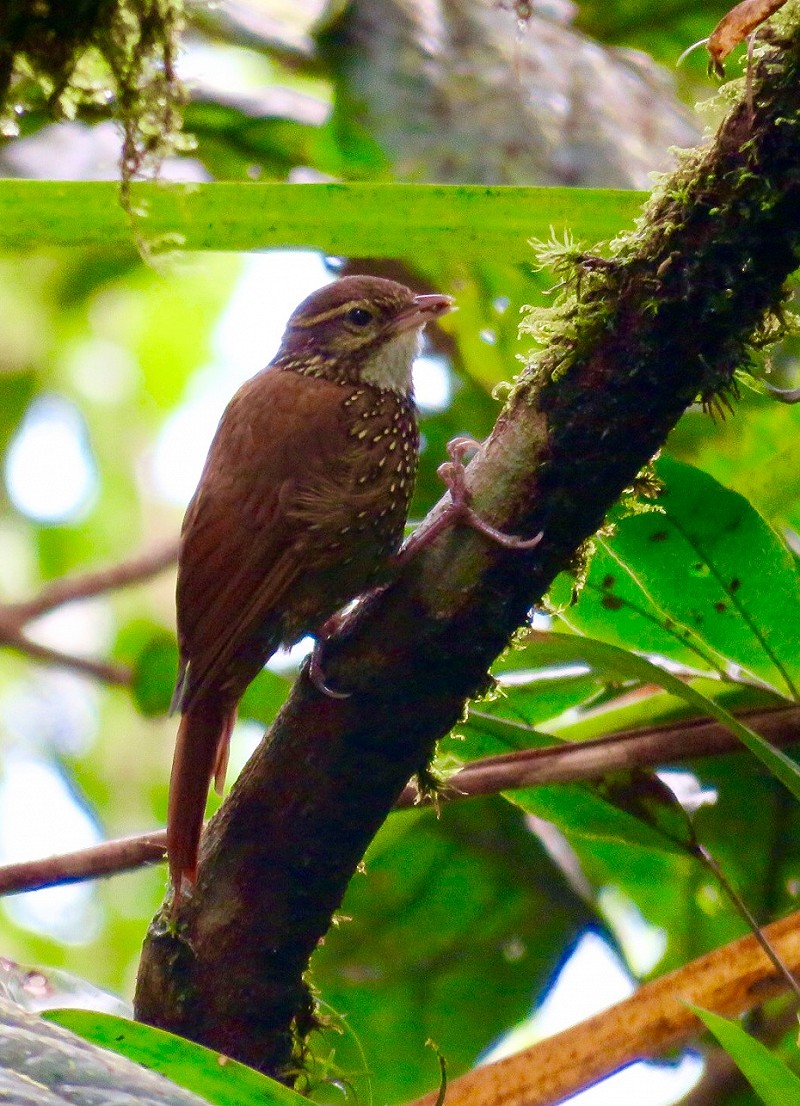
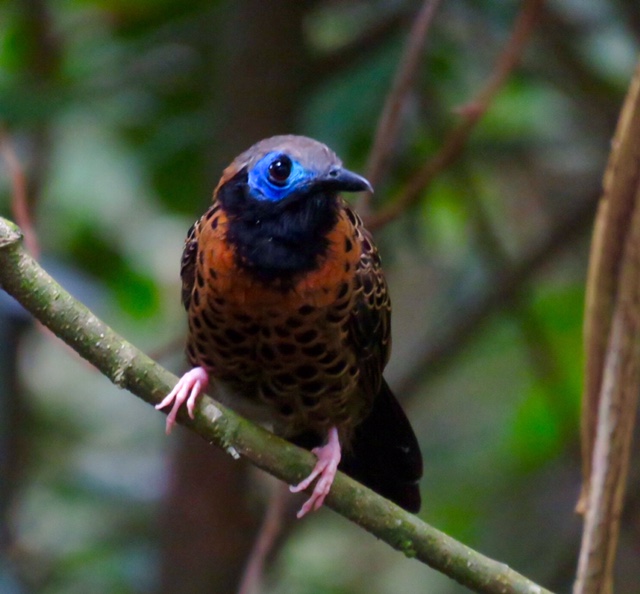
November 8th TARGET BIRDING IN THE DARIEN
We were in the lowlands of the Darien. Until recently this area bordering Colombia was considered a no-go-zone, but since the Colombian FARC put down their arms the Darien is opening up to the public. Since the Darien became accessible exciting ornithological discoveries have been made and Guido and Nando know better than anybody else where to find these avian highlights.
We started our day of target Darien target birding in the Aligandi area, one of the most reliable places in Panama to see the incredible Great Green Macaw. As with a lot of places in the world the forest in this area is disappearing at an alarming rate and while driving towards our destination we encountered recently cut and burned blocks of rainforest. A painful sight to behold.
The forest that still stands at Aligandi is good and we found no less than 7 Great Green Macaws giving a fantastic flyby. Like many other big parrots worldwide these amazing birds are suffering from habitat destruction and illegal capture for the bird trade. Another good find at this site was a showy Semiplumbeous Hawk.
Next up was the rare Dusky-backed Jacamar. In order to find this bird we would have to take a boat ride down the Chucunaque River. At the dock where we had to catch our boat ride there was a refugee camp. There were hundreds of refugees from all over the world that had made their way from Ecuador, through Colombia and across the Darien on foot to get to Panama. From here they were hoping to reach America. We talked to a Sudanese Refugee who had made this journey with his chronically sick wife and two little kids. It is amazing what hardships some people have to enjoy in a lifetime.
We did find the Jacamar, only 15 minutes downriver and we got a Spot-crowned Barbet as a big bonus.
The last site of the day was a stretch of gallery riverine forest to look for White-eared Conebill and again we managed to find this target within no-time thanks to another of Nandos spot-on stakeouts.
From here we drove all the way to Nusagandi Reserve where we spend the night at the Garduk Lodge run by Kuna Indians from the San Blas archipelago.
November 9th TWO NEW BIRD FAMILIES IN A SINGLE DAY
While having breakfast we checked the news and found out that Donald Trump had been elected as the new president of the United States. We were all in shock. Trump as president will be catastrophic for the world economy and even more so for the environment. For instance he believes that global warming is a hoax. How ignorant can somebody possible be? We got ourselves together and headed to Nusagandi Reserve for our last morning birding session in Panama.
Nusagandi Reserve hosts one of the most pristine yet accessible stretches of rainforest in Panama and several highly desired species can best be found here.
While making our way through pristine rainforest – picking up Dull-mantled Antbird and Purplish-backed Quail-dove along the way – we encountered a huge army ant swarm. Of course we were hoping for Chestnut-vented Ground-cuckoo, but unfortunately none were present. We did find another fantastic Black-crowned Pittasoma. What an incredible bird and this time I managed some great shots of this enigma.
Talking about enigmas, my most wanted bird to find here was the monotypic Sapayoa, the Sapayoa Enigma! In order to find this bird we headed down another track where we bumped into a pair of Olive-backed Quail-doves, a rarely observed species!
And yes! We found a pair of Sapayoas! At the far and of the track along a small stream. Great stuff.
Next we drove north towards Panama City again where we made one last birding stop at the famous Metropolitan Park. Here we found the endemic Yellow-green Tyrannulet, a crisp male Blue-winged Warbler and best another new bird family, a unexpectedly showy Rosy Thrush-tanager!
The best news came while saying goodbye to Fred, Guido and Nando. Fred had decided to ‘adopt’ 1000 dollars’ worth of Panamanian rainforest through #AdoptaBosque!
Off to Costa Rica!!
Arjan Dwarshuis
http://www.arjandwarshuis.com/#biggestyear
http://world.observation.org/arjan.php
PLEASE MAKE A DONATION NOW
